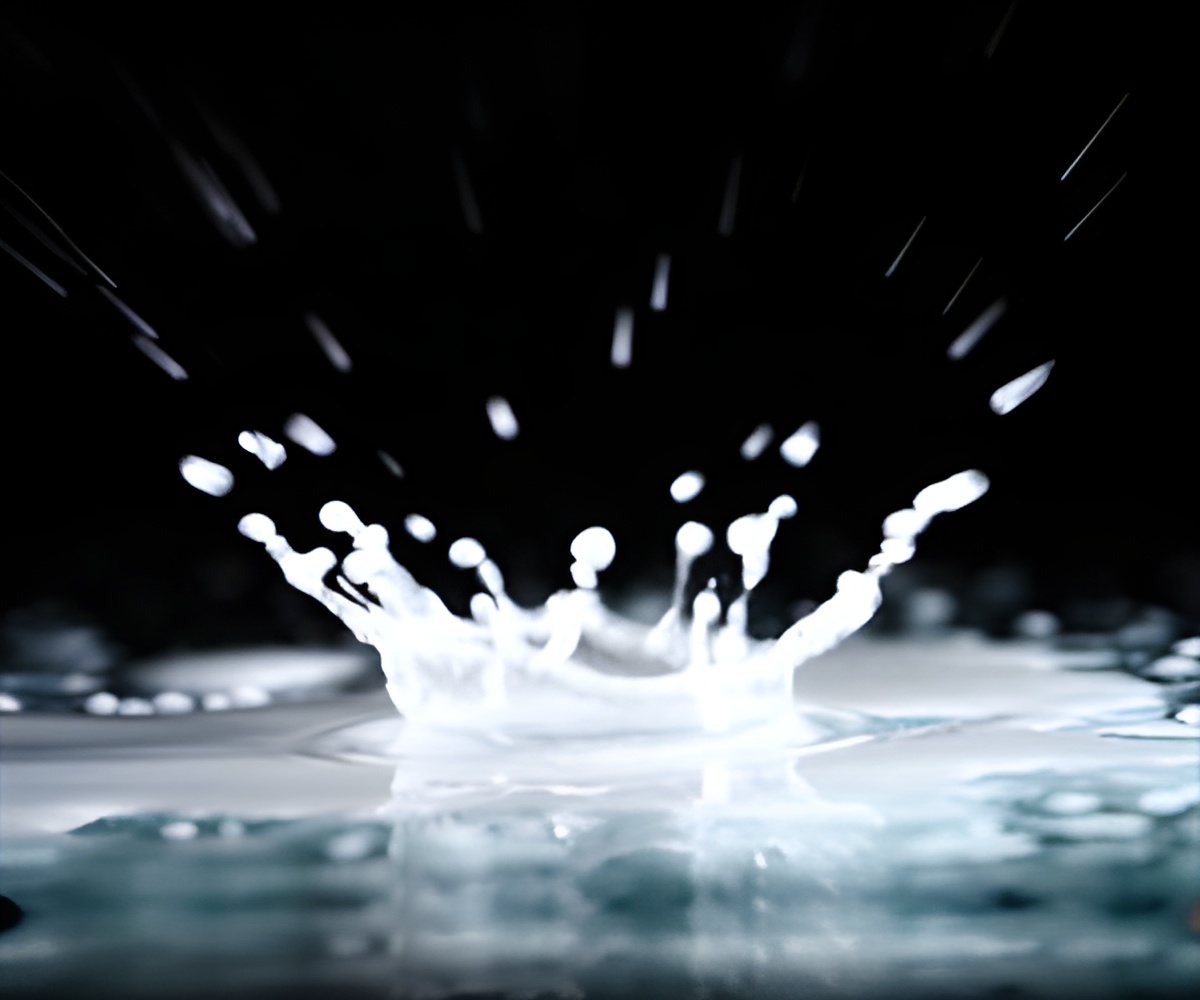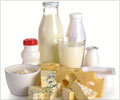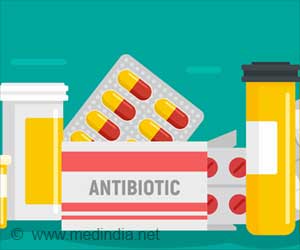Scientists have identified biotechnological solutions for the treatment of industrial dairy waste to reduce environmental damage.

In the manufacturing of dairy products, there is usually a lot of damage to the environment due to the generation of waste from livestock producers and the by-products from dairy foods. Large amounts of these by-products are generally discarded in the ecosystem, especially into the rivers, lakes, seas or soil, causing considerable environmental pollution, which not only affects the quality of water, air and soil, but even causes climatic variations.
Research has shown that lactose is one of the most polluting by-products due of its high biochemical oxygen demand (BOD) < 35,000 ppm and its chemical oxygen demand (COD) < 60,000 ppm. When it is discarded in the soil in the form of industrial effluent without any prior treatment, it can modify the soil’s physical and chemical composition considerably, reducing to reduced crop yields.
In an effort to reduce this environmental damage, scientists around the world are looking for new biotechnological alternatives to utilize those by-products especially industrial dairy waste to try and obtain different chemicals, which could have various potential industrial applications.
Biomass: In the process of olive oil extraction, it is found that nearly 80% of waste is generated which is known as oil press and nearly half of this is composed of water. One of the fungus Geotrichum candidum acts on this substrate, namely oil press waste and milk whey to produce biomass thereby reducing pollution levels.
Bioplastics: Bacillus megaterium SRKP-3 acts on industrial dairy waste as a substrate to produce polyhydroxybutyrates (PHB), which is a biodegradable type of plastic. Brevibacterium casei SRKP2 acts on industrial waste milk as a carbon source to produce PHB. This discovery is highly useful in the medical field because the products were used to produce nanoparticles of PHB to facilitate drug delivery to any part of the body.
Another way to reduce greenhouse gas emissions and contamination of soil and aquatic ecosystems by fossils fuels is by using dairy wastes to produce hydrogen as a biofuel.
Biosurfactants: Biosurfactants (BS) have shown promising role in bioremediation and oil recovery processes due to their surface activity, biodegradability, antimicrobial effects, amongst others. Bacteria such as Pseudomonas aeruginosa and its recombinant strain have been able to synthetize BS with milk whey waste obtained from the cheese industry.
Bioactive peptides: Bioactive peptides (compounds of protean nature with biological activity found in milk and in its derivatives) not only have a nutritional function but possess various biological properties such as: anticancer effect, antimicrobial property, antihypertensive effect, regulation of immune system, antimicrobial activity, neurotransmitter generation, amongst others. A proteolytic vegetal enzyme from Maclura pomifera is used to produce a bioactive peptide from dairy waste.
Thus, this article shows how dairy by-products can be used to obtain valuable chemical compounds in the fields of health, pharmaceuticals, food, plastics and fuels. This goes a long way in decreasing environmental pollution and reducing the damage caused by man. However, before these methods are scaled to industrial levels, further studies would be essential for optimization of culture conditions and development of microbial strains in an effort to generate maximum yields in a cost-effective manner.
Reference:
http://www.scirp.org/Journal/PaperInformation.aspx?PaperID=55189#.VUtcEvBgbIUaperID=
46411.VUtcrfBgbIU
http://www.betterhealth.vic.gov.au/bhcv2/bhcarticles.nsf/pages/Milk_the_facts_and_fallacies
Source-Medindia








